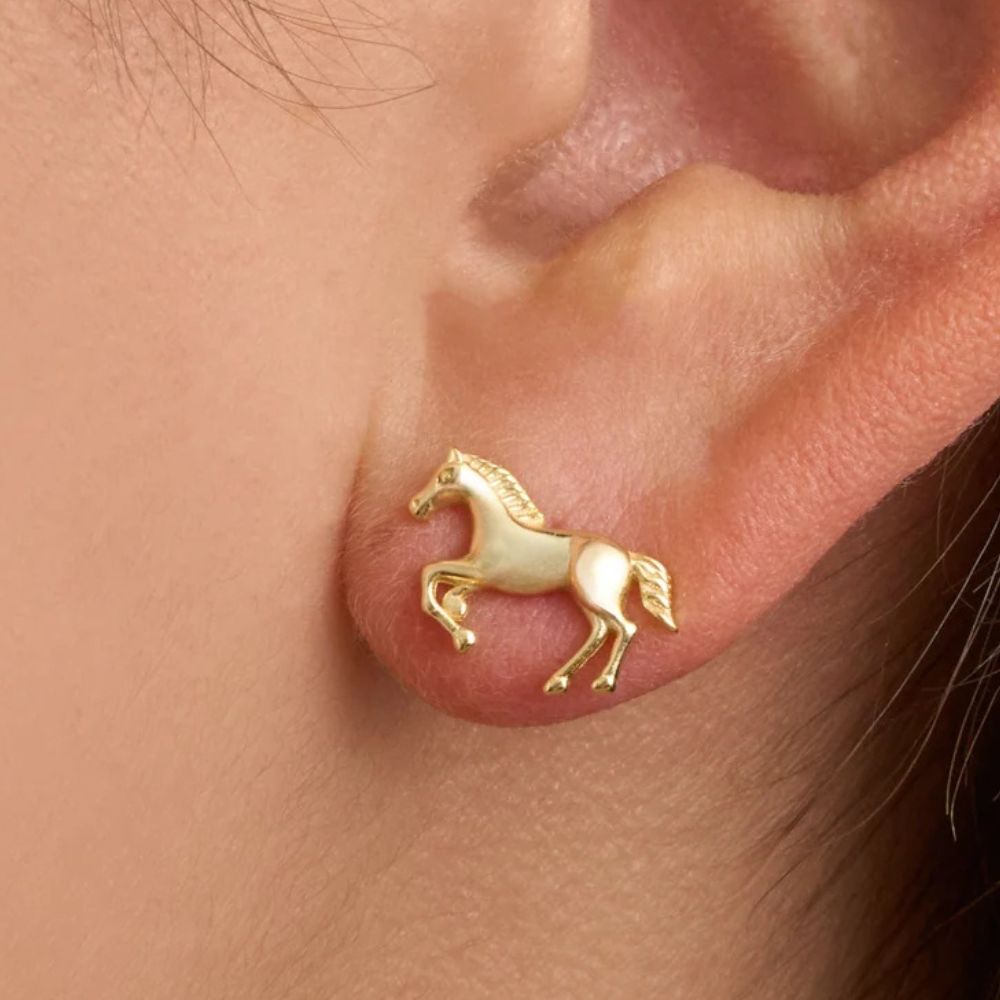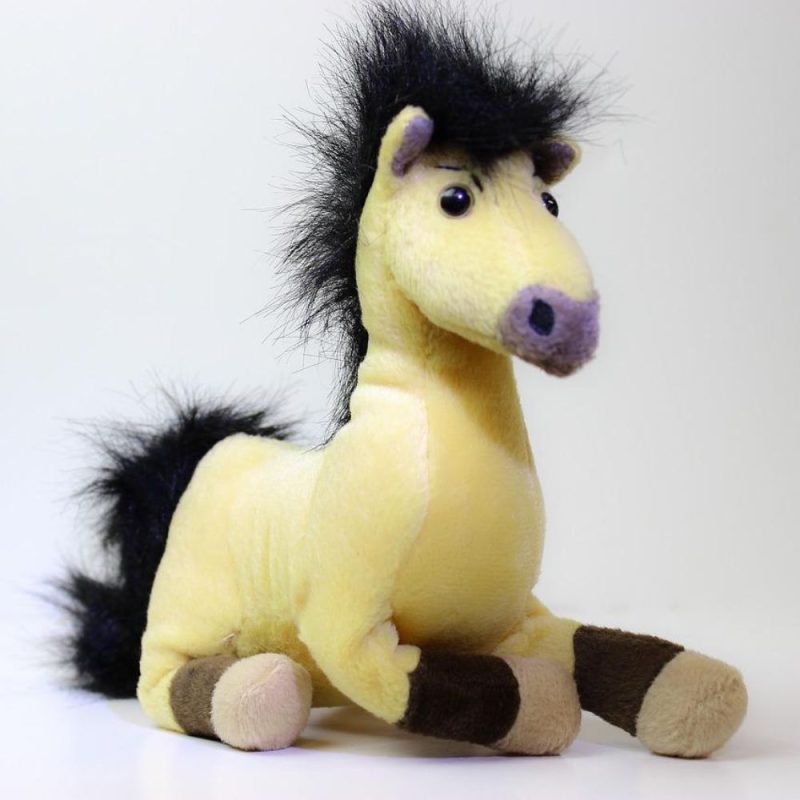
How Do Wild Horses Clean Their Sheath? Surprising Natural Methods
Picture a wild stallion kicking up dust as he trots across an open plain, his mane catching the golden sunlight. Unlike domestic horses, which rely on human caretakers for grooming, wild horses have developed fascinating—and sometimes surprising—ways to keep themselves clean, especially in hard-to-reach places like the sheath. Nature equips them with instinct, movement, and a little help from their environment to maintain hygiene without a brush or sponge in sight. 🐎
So, how do wild horses clean their sheath? Unlike domestic horses, wild stallions and geldings don’t have access to human grooming. Instead, they rely on natural behaviors like rolling, stretching, and walking through water to dislodge dirt, debris, and smegma (a waxy secretion). They also use their hind legs to kick or rub against their belly, helping loosen buildup. In rare cases, bachelor stallions may even engage in mutual grooming. These methods might not be as thorough as a human cleaning, but they’ve worked for wild herds for thousands of years—keeping infections and irritations at bay through motion and instinct rather than scrubbing. Yet, it’s far from perfect; wild horses sometimes suffer from sheath issues, proving nature’s way isn’t always foolproof.
The Role of Movement and Environment in Natural Sheath Cleaning
Wild horses don’t just stand around waiting for dirt to fall off—they actively use their surroundings to stay clean. Here’s how their daily habits contribute to sheath hygiene.
Rolling: Nature’s Dust Bath
Ever seen a horse flop down and wriggle in the dirt? Rolling isn’t just for fun—it’s a built-in grooming tactic. As they twist and turn, the friction of the ground helps slough off dead skin and debris from their sheath. Sandy or loose soil works best, acting like a gentle exfoliant. Unlike domestic horses on soft bedding, wild horses choose terrain that naturally scrubs away grime.
Water as a Natural Cleanser
Streams, rivers, and even muddy wallows play a surprising role. When wild horses walk through water, the liquid helps soften and rinse buildup from their sheath. Shallow wading can flush out irritants, while deeper water may encourage stretching and movement that dislodges stubborn bits. It’s not a deep clean like human hands could provide, but it works well enough for survival.
Stretching and Kicking: The Horse’s DIY Approach
Watch a wild horse after resting—you might see him stretch backward with his hind legs, almost like a yoga pose. This motion can help loosen smegma. Some stallions also kick lightly at their belly, which tugs and shifts the sheath to prevent excessive buildup. It’s not foolproof, but in the wild, every little bit helps.
The Unexpected Role of Social Behaviors
Horses are herd animals, and sometimes, they lend a helping… well, not hand, but nose or hoof. Bachelor stallions (young males without mares) often group together and engage in mutual grooming, nibbling at each other’s necks and flanks. While they don’t focus on sheath cleaning, the physical contact promotes circulation and assists with general hygiene. Dominant stallions, meanwhile, mark territory by dropping and lifting their penis—a motion that might help shake out debris.
But let’s be honest—this isn’t a spa treatment. In harsh conditions, wild horses may still suffer from infections if debris hardens or bacteria takes hold. That’s where nature’s other trick comes in: resilience. Wild herds cull the weak, so only the healthiest, most adaptable horses pass on their genes.
Why Domestic Horses Need More Help
Unlike their wild cousins, domestic horses often face conditions that hinder natural cleaning. Limited space, soft bedding, and less movement mean they don’t get the same abrasive action from rolling or walking long distances. Plus, richer diets can lead to more smegma production. That’s why human cleaning—while awkward for some owners—is crucial for preventing infections and discomfort.
The wild methods might seem ingenious, but domestication has changed the game. Our horses rely on us for what they no longer get from nature: a proper scrub in those hard-to-reach places.
Lessons from the Wild for Domestic Horse Care
We can take a few cues from wild herds to support natural sheath health in domestic horses:
- Encourage movement—turnout on varied terrain helps simulate wild behavior.
- Use sand rolling areas to mimic natural abrasion.
- Provide access to shallow water for wading.
Still, nothing replaces occasional manual cleaning, especially for older or less active horses. The wild way isn’t perfect, but it reminds us that horses are built to move—and the more they do, the better their bodies maintain themselves.
Next time you see a horse rolling with gusto or splashing through a creek, remember: they’re not just playing. Those instincts, honed over millennia, are nature’s way of keeping them clean and healthy—even without a single brush in sight. Wild horses may not have our tools, but they’ve






















